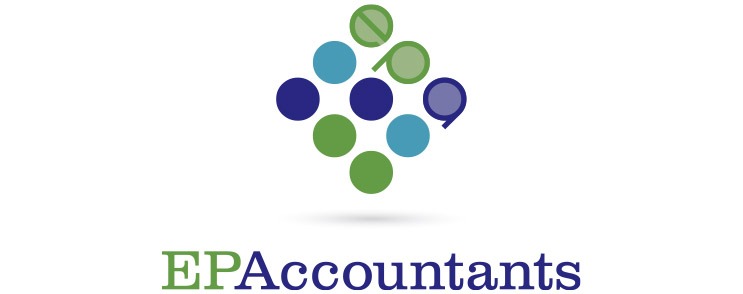When a new employee is added to the payroll it is the employers' responsibility to ensure they meet the employees’ rights. One of the issues that must be considered is the employees’ length of continuous employment. Continuous employment is calculated from the first day of work without a break.
The length of continuous employment gives certain rights to employees, including maternity pay, flexible working requests and redundancy pay.
Infrequent breaks in normal employment still count towards a continuous employment period. These are:
- sickness, maternity, paternity, parental or adoption leave
- annual leave
- employment overseas with the same company
- time between unfair dismissal and an employee being reinstated
- when an employee moves between associated employers
- military service, for example with a reserve force
- temporary layoffs
- employer lockouts
- when a business is transferred from one employer to another
- when a corporate body gets taken over by another because of a legal change
Any days that an employee is on strike do not count towards continuous employment, but the days are not treated as a break.
Source: HM Revenue & Customs Tue, 27 Jul 2021 00:00:00 +0100



